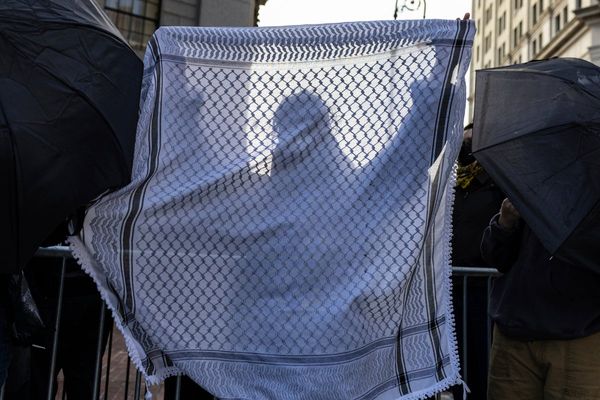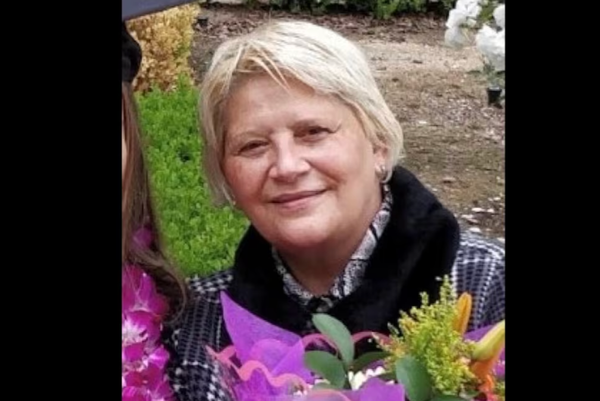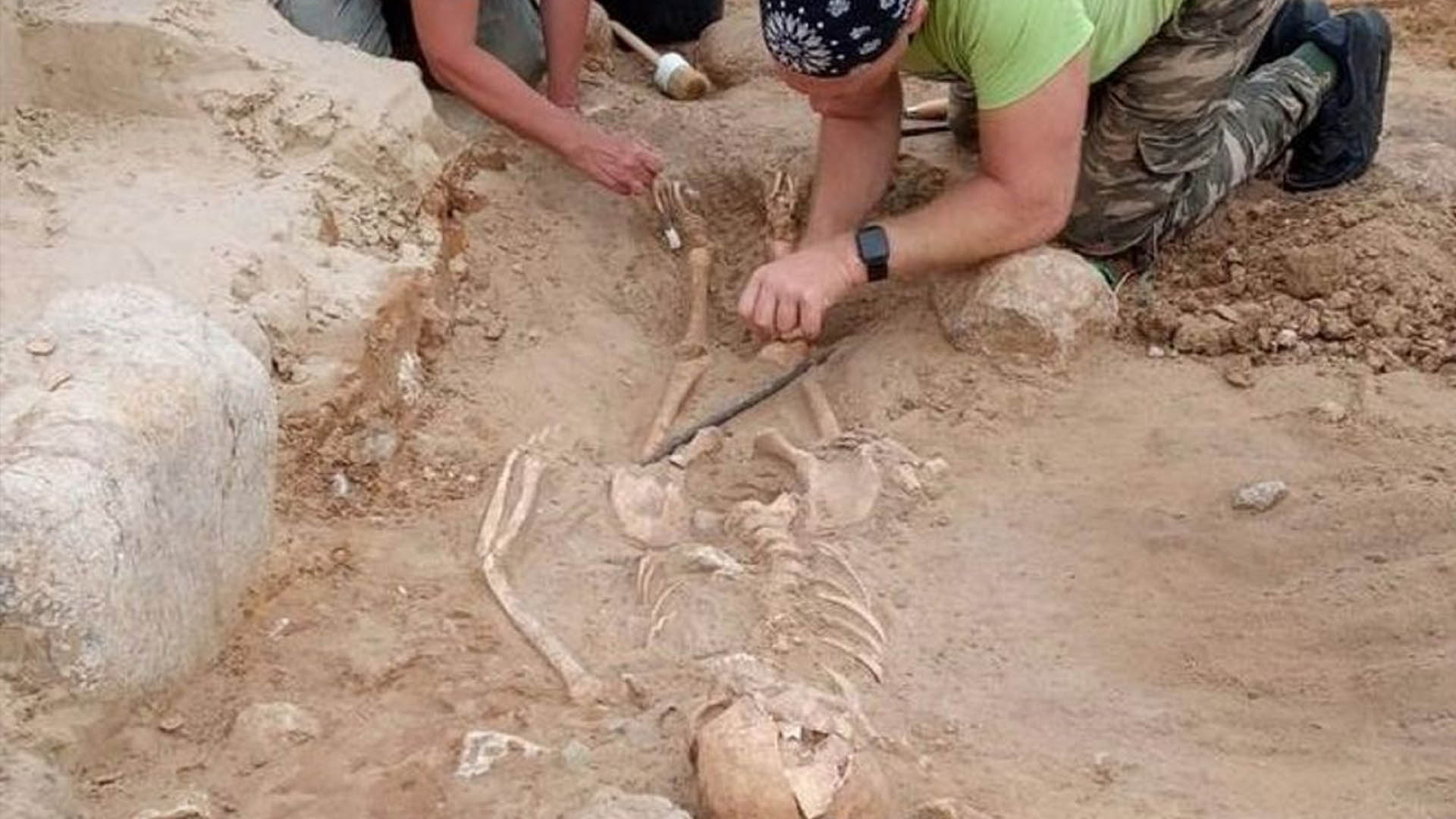
Archaeologists in Poland have unearthed the 400-year-old skeleton of a young child buried face-down with an iron padlock on its foot – seemingly to stop its rising from the dead.
The child was buried in the 17th century in the village of Pień near Poland’s northern city of Bydgoszcz, in what seems to have been a graveyard for "abandoned souls" and the poor who could not afford to be buried in a churchyard.
The archaeologists estimate the child was between 5 and 7 years old at death.
The remains were found just a few feet away from the skeleton of a "vampire" woman discovered last year, who was buried at about the same time with a sickle placed over her neck and a similar padlock on her foot.
According to the traditions of the time, such padlocks were intended to secure a corpse in its grave.
"The padlock shows people were afraid of this child after its death," Dariusz Poliński, an archaeologist at the Nicolaus Copernicus University in Toruń, told Live Science.
A third padlock was unearthed in the same graveyard, though only scattered bones were found nearby.
No other child skeletons buried like this have been found at the site, and it is likely this is the only known example of such a burial in Europe, Poliński said.
Related: See the face of an 18th century 'vampire' buried in Connecticut
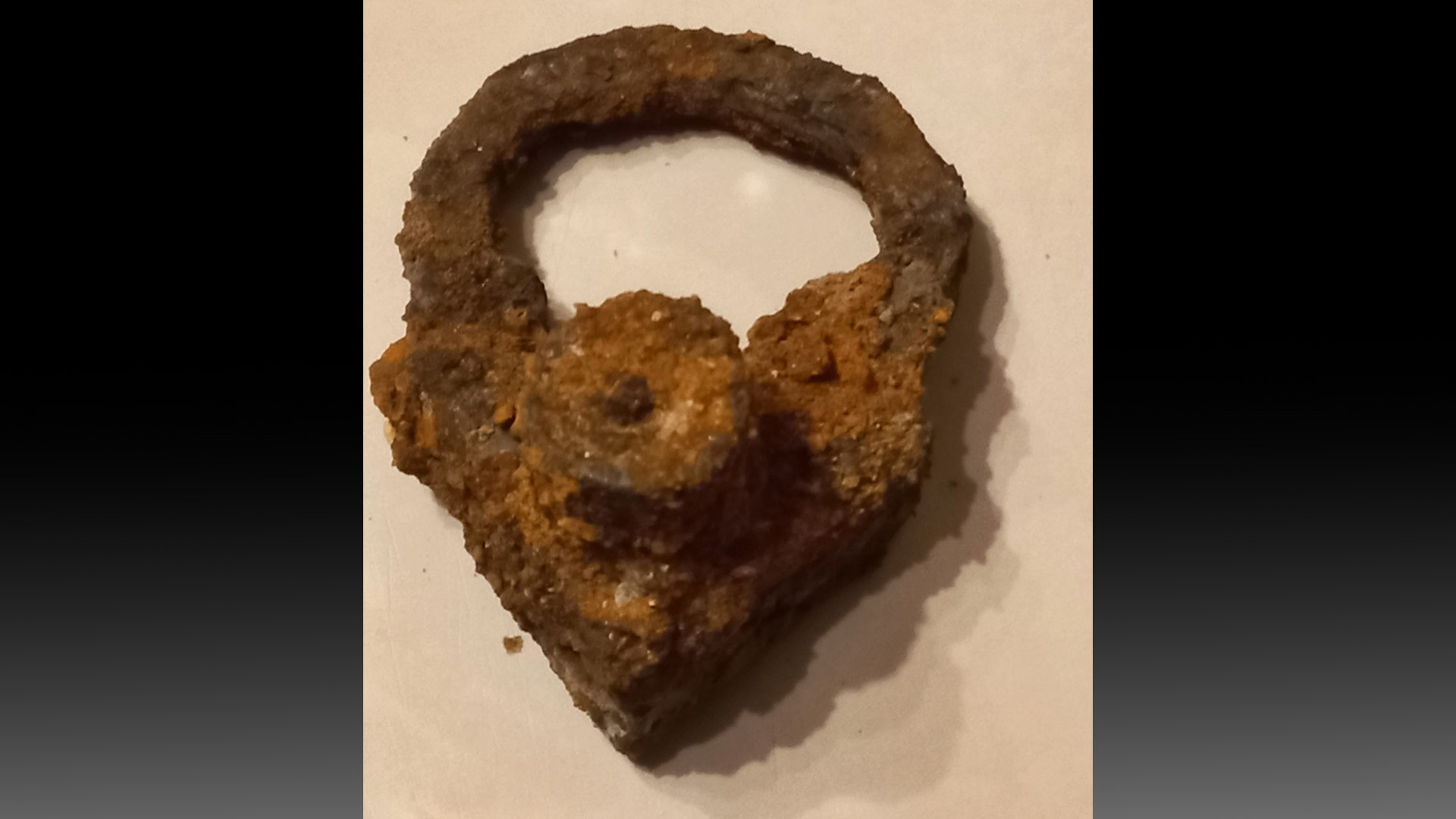
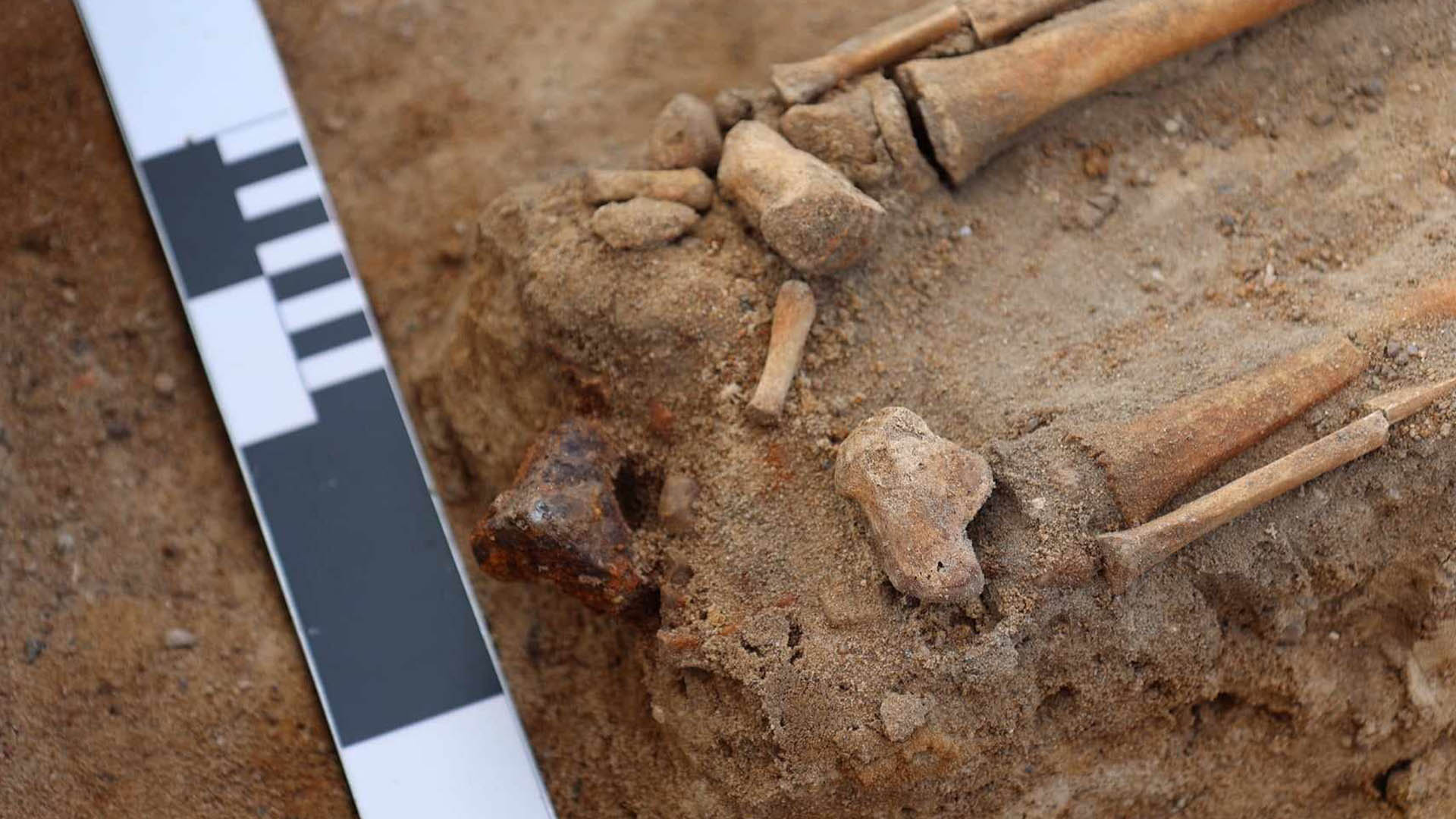
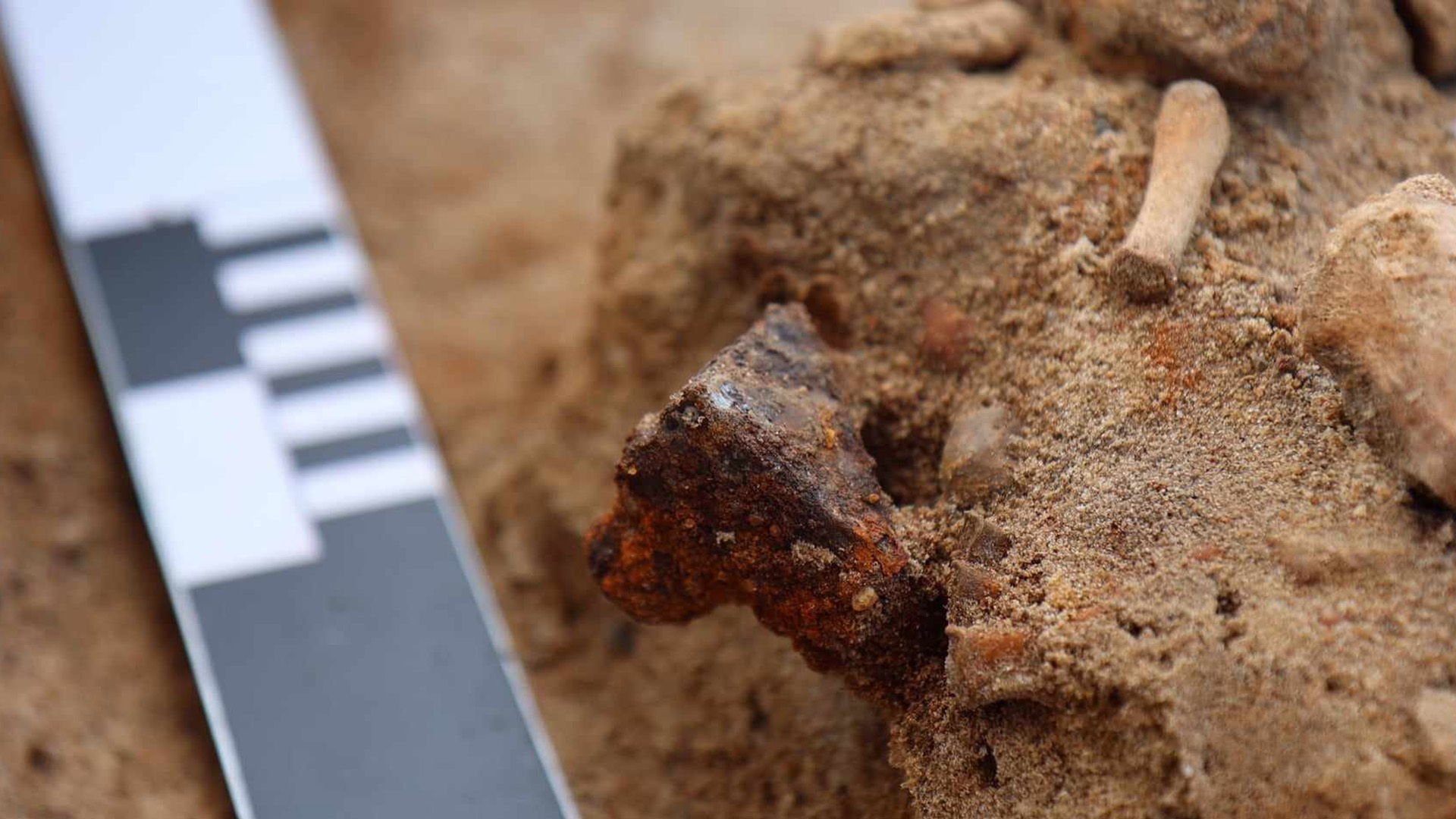
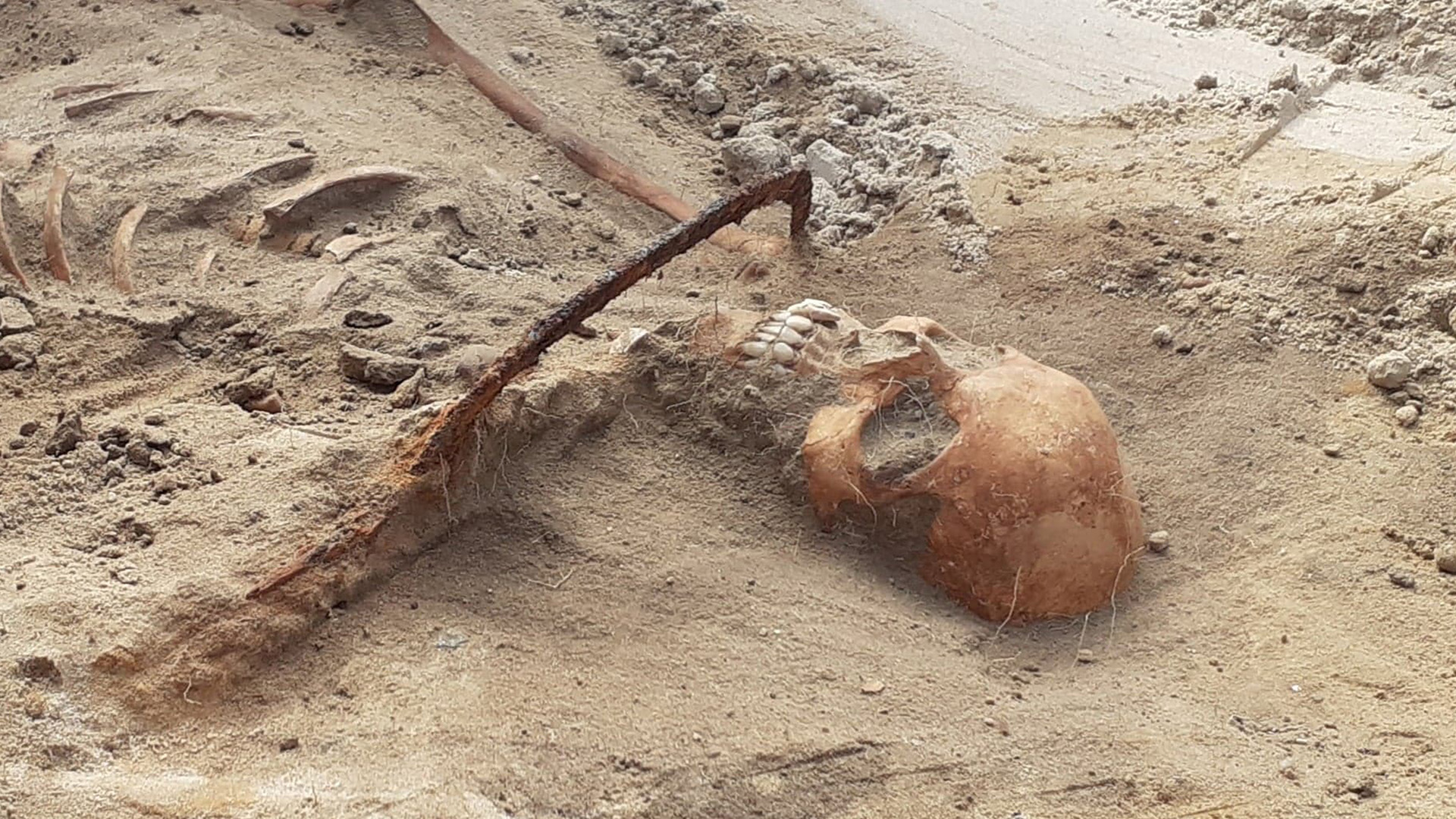
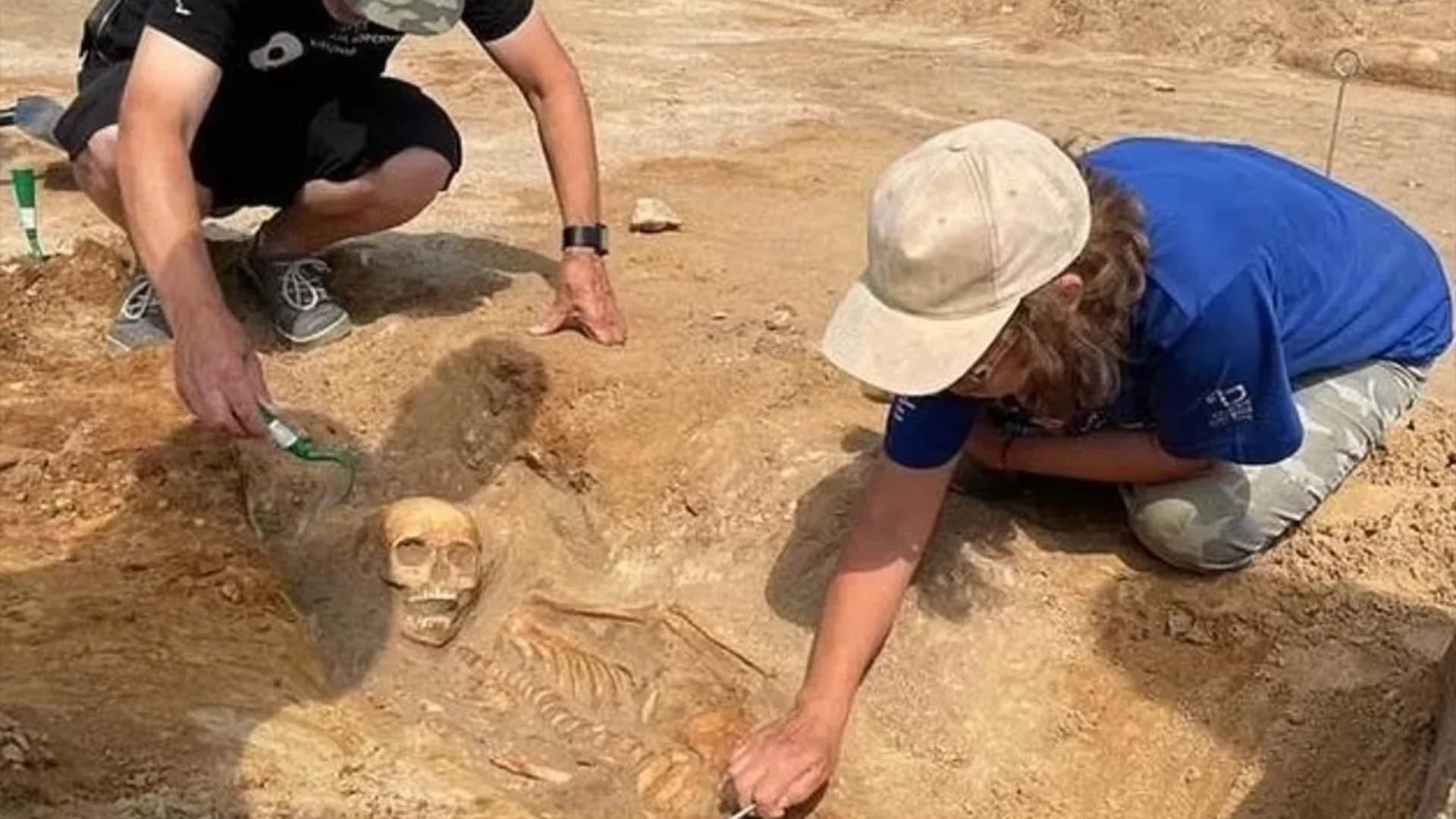
Village graveyard
Poliński has led excavations at Pień for several years, and his team has discovered about 100 graves there. Another 13 graves were unearthed during the latest excavations.
The graveyard was not the regular burial place in the village, which would have been within the sacred boundaries of a church, Poliński said — though its location is not known.
Being buried in the church graveyard would have been expensive, so those who could not afford it were buried elsewhere.
This lesser graveyard also seems to have been the place where "abandoned souls" were buried away from the church, even if they could afford a better funeral, Poliński said.
For example, the "vampire" woman discovered last year with a sickle placed over her neck was obviously wealthy: The archaeologists found gold threads in her garments and flecks of gold on the palette of her skull, which indicated she had drunk a medicine containing gold.
Poliński and his team are waiting for the results of an analysis of the DNA in the woman's bones, which could tell them more about her. But their findings suggest she was severely ill.
Undead child
The team also hopes to analyze the DNA of the newfound remains. It’s not yet known if the child was male or female, Poliński said.
Dead children were especially feared by living people, who supposed they might return as ghosts — and even more so if the child had suffered a sudden or unusual death, he said.
Although the woman found last year and now the child have been widely labeled "vampires," Poliński said the modern conception of vampires originated later, and the term was not used at this time.
The bones of several other children have been found at the site, but their remains seem to have been disturbed, and no other complete child skeletons have been found, he said.
One jaw fragment from a child is stained green, and the archaeologists think it was buried with a copper coin in its mouth — a common burial tradition at the time.
Poliński and his team are now analyzing the remains found in this year’s excavations, and they hope to return to the site next year to see what else can be found.
